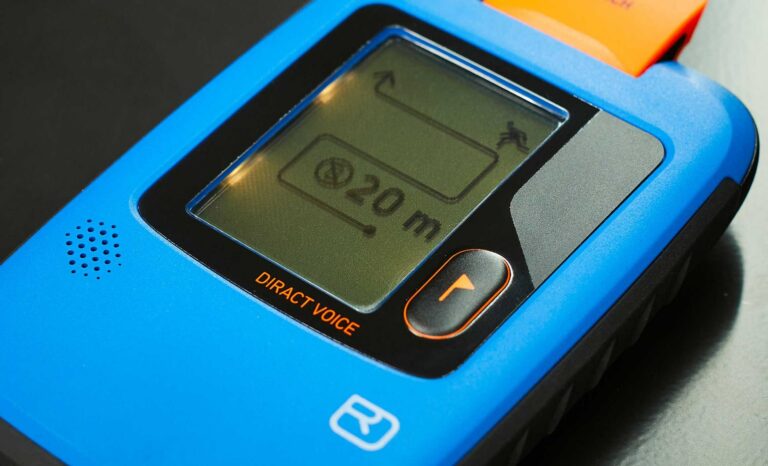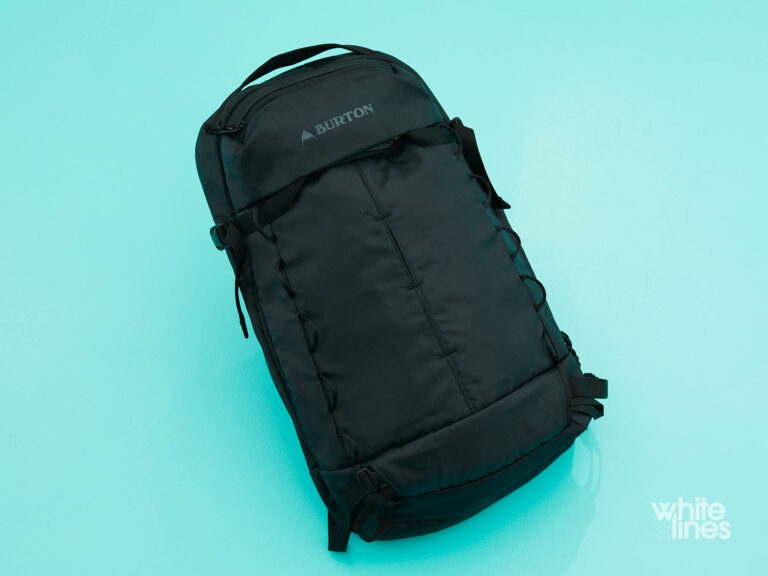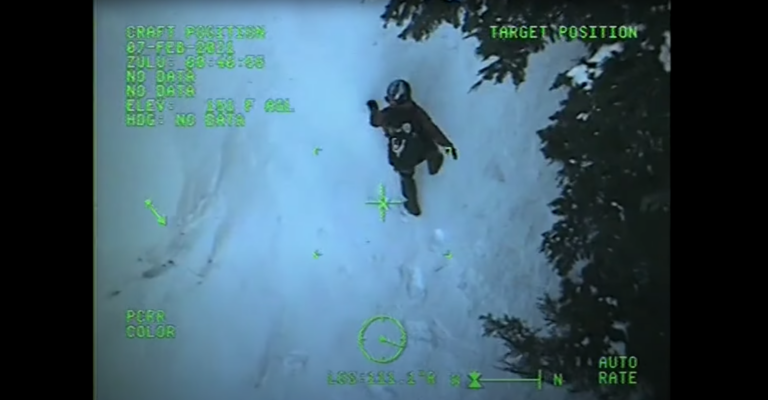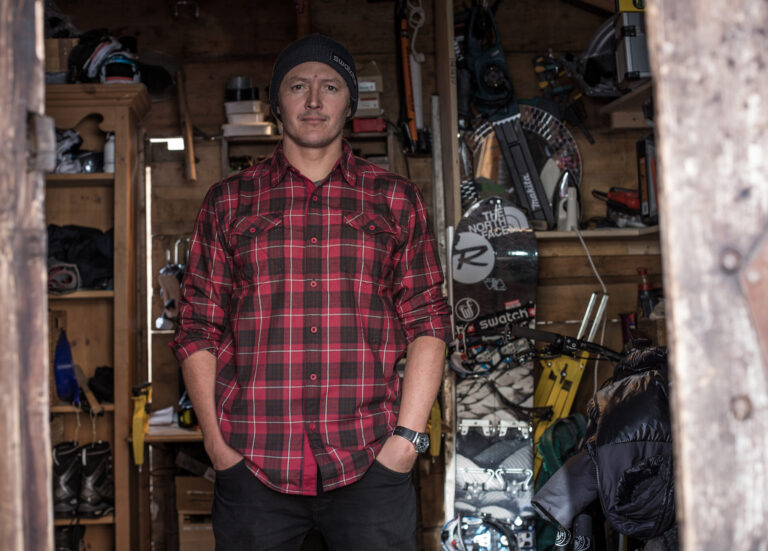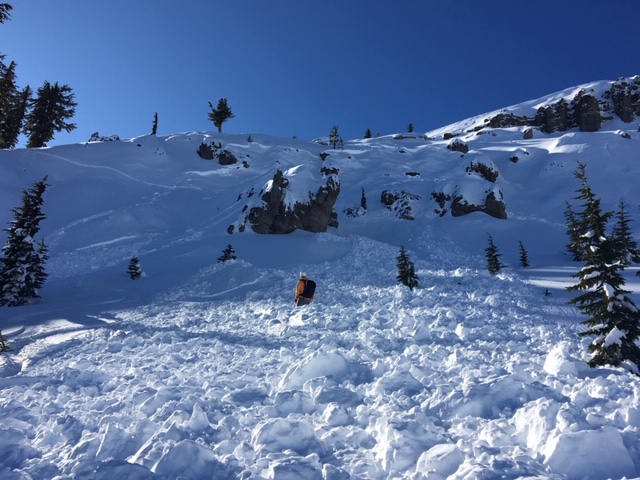The following article has been put together by snowboard coach Rob McCreath (Whitelines) and backcountry guidebook author Jordan Tiernan (Mpora). The purpose is to highlight the complexity of avalanche risks and to look at the myriad of factors that come into play. It is not looking to assign blame or give specific reasons for each incident, as there is no ‘one size fits all’ approach when it comes to avalanche risk. Even so, there are important lessons to be learned from the recent spike in avalanche activity. This article intends to shine a light on some of them.
While avalanche forecasting and moving through potential avalanche terrain is not an exact science, the statistics on their triggering and survival rates are. 90% of avalanche victims release the slide themselves or have it released on them by another member of their group. If they are not found within 15 minutes (and assuming they have not succumbed to any trauma), survival rates drop off rapidly, down to 20-30% after 45 minutes and virtually 0% after two hours.
So, why is it that we’ve seen such an alarming amount of human triggered avalanches and, tragically, fatalities despite the lower numbers of people in resorts this year? The answer doesn’t lie in one specific component. Instead, we’re witnessing a kind of ‘perfect storm’ moment and the combination of various red flags.
View this post on Instagram
There are a number of factors which contribute to the increased risk of avalanche activity: recent snowfall, wind, temperature changes, the shape, aspect and steepness of the slope and, of course, the all-important ‘human’ factor.
However, this season has seen an additional spanner thrown into the works. Its impact has been felt by virtually everyone around the world and disrupted the norms of every aspect of life – even far from the crowds, on snow-covered alpine peaks.
“We’re witnessing a kind of ‘perfect storm’ moment and the combination of various red flags”
We’ve reached out to various experts – from mountain professionals to resort locals based in the Alps – and asked them about the current conditions in the mountains; how they’re mitigating the risks, advice for anyone getting into the backcountry for the first time this season, and how Covid-19 has played such an important factor.






